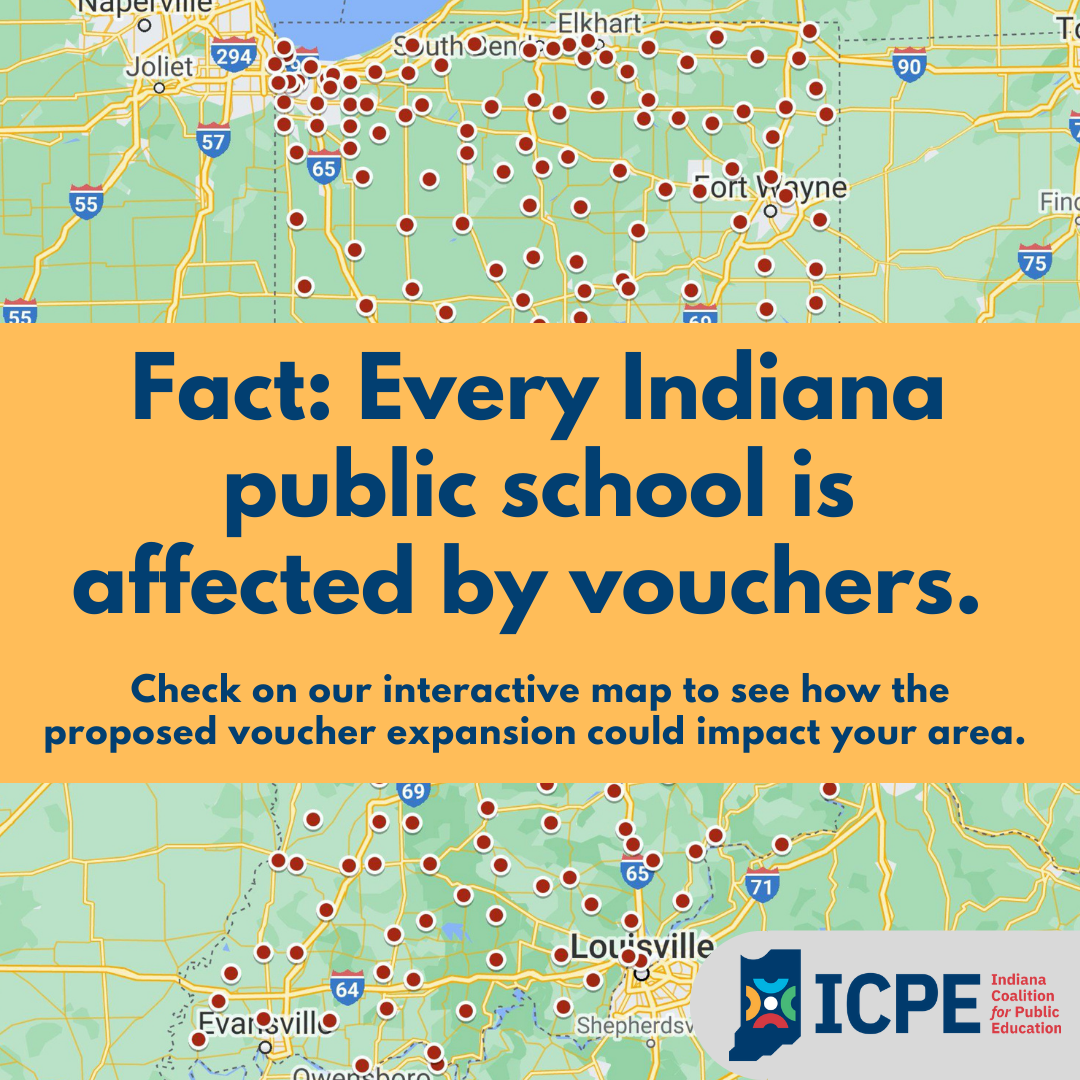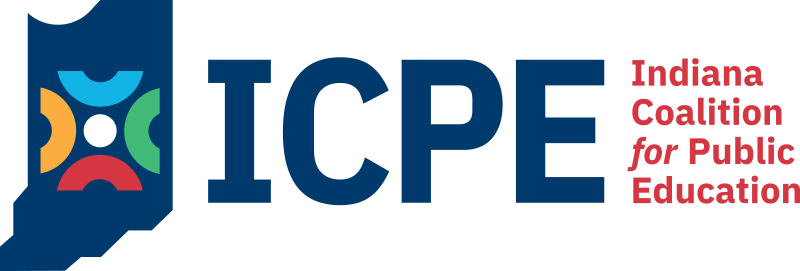Every Indiana public school is losing money because of vouchers

Every Indiana public school is losing money because of vouchers.
Even if no students leave your school district to use a voucher, even if you don’t have any voucher-accepting schools in your small or rural school district, your school district still loses money due to vouchers.
Remember our “leaky bucket” example? Even if the “bucket” of education funding dollars increases, that money is being diverted in multiple directions because Indiana now funds more than one education system. When money goes to virtual charter schools that defraud the state or when a cumulative $1 billion goes to vouchers, that’s money that doesn’t go to public schools or improve teacher pay.
We owe a great debt of gratitude to Dr. Phil Downs, superintendent of Southwest Allen County Schools, for compiling the data to show exactly how much revenue Indiana’s public school districts are losing to vouchers in the past few years.
We also thank Dr. Downs for helping us project how public school districts could lose even more money if two items originally in House Bill 1005 (the massive voucher eligibility expansion and creation of new Educational Scholarship Accounts — another form of vouchers) are enacted. The amounts of the increases were based on the HB 1005 Legislative Services Agency Fiscal Impact Statement from Feb. 17, 2021, the most recent information available when we created this map.
The HB 1005 items have now been moved into HB 1001, the budget bill. Between now and April 21 (the projected final day for the 2021 legislative session) the dollar amounts for these programs could change.
However, it’s important for you to know how much your school district is currently losing to vouchers annually, and how much that loss could grow if the voucher expansion and ESA program originally in HB 1005 are enacted.
We are aware of a proposal to pare down the ESA program to a pilot program, but even that is unacceptable. We have seen in Indiana and other states how privatization efforts start small and then grow in every legislative session and become more expensive. For example, vouchers were supposed to save taxpayers money when they were originally proposed, and the expenditure was $15 million in 2011. As the General Assembly continued to expand eligibility, the voucher cost has grown to $172 million a year – a cumulative total of $1 billion of our tax dollars.
…vouchers were supposed to save taxpayers money when they were originally proposed, and the expenditure was $15 million in 2011. As the General Assembly continued to expand eligibility, the voucher cost has grown to $172 million a year – a cumulative total of $1 billion of our tax dollars.
Your message to legislators should be: Remove the voucher eligibility expansion and the ESA program from the budget bill.
Use this map to see how much your district is losing now, and what that loss could be in 2022. If you see a large number of red dots in your part of the state, use the zoom-in (+) function to enlarge the map for your area to find your school district.
Remember that your district’s funding also could be impacted by lower enrollment due to the pandemic or the effect of the complexity index.
You can find Dr. Downs’ year-by-year analysis of voucher losses at https://drphildowns.com/.
